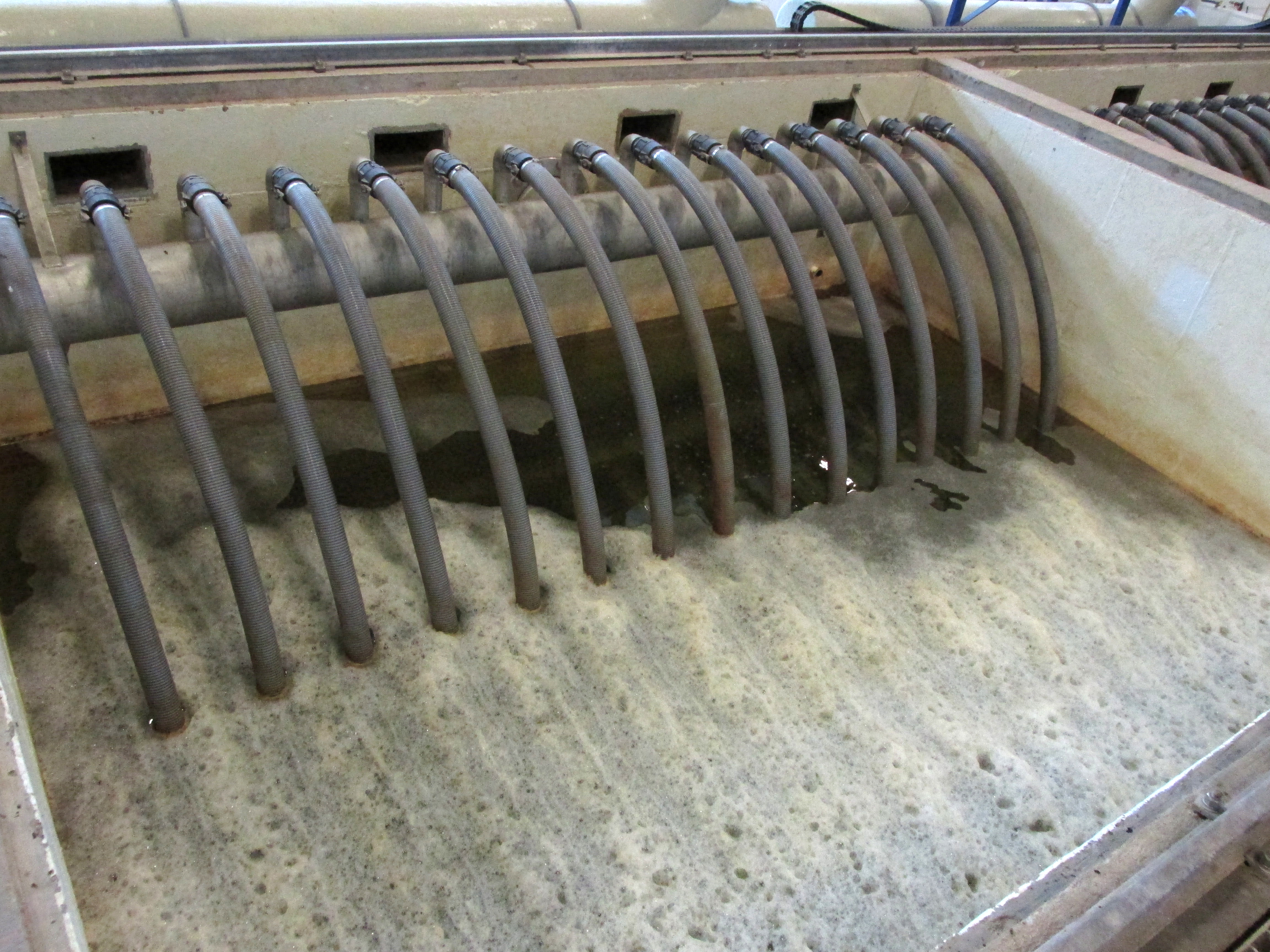
Daniel Nix would love, singlehandedly, to solve the water shortage problem in Wichita Falls. But as he said in a New York Times interview last spring, the solution isn’t going to be simple or inexpensive.
“You can’t go buy a rain,” he told Audrey White for the Feb. 7 article.
However, he also said the city has some innovative plans to begin using water more efficiently, including reusing partially treated water as part of a new treatment process that involves additional chemical and biological processes and filtration.
“Wichita Falls droughts are on 10-12 year intervals,” Nix, the city’s public works operations manager, said. “After each drought we take everything we’ve learned and begin planning for the next one. We’re always improving.”
Water reuse project
To slow or prevent further decline into the drought, the Public Works Department and the Water Resources Commission initiated a water reuse project. The project is designed to transfer treated wastewater from the River Road Wastewater Treatment Plant to the Cypress Water Treatment Plant.
This past spring, a $14 million plant in Big Spring, Texas, the first of its kind in the United States and similar to the one being built in Wichita Falls, began turning treated wastewater into drinking water with about 2 million gallons of it being distributed daily to the Midland-Odessa area.
Now, Wichita Falls officials are moving ahead with the testing of the new facility, hoping to receive state authority to begin using it in 2014.
“We took samples and did analysis at River Road before we ever submitted the idea,” Nix said. “The quality of the treated wastewater is actually higher than that of Lake Kemp.”
After being transferred to the Cypress facility, the treated wastewater will be sent through the reverse osmosis system and introduced into the stream of water from Lake Kickapoo and Lake Arrowhead. All three sources will then be treated conventionally and used as the city’s water supply.
“This is brand new innovation,” Nix said. “This type of process wasn’t even standardized 40 years ago, and up until 10 or 15 years ago, it was still considered taboo.”
Nix said even now, there are no regulations for this type of treatment. He said the Public Works Department is working with the Texas Commission of Environmental Quality to develop a set of rules to help protect the public health. Following the testing, the city will seek further approval to began utilization for the $13 million project.
“We had to decide between what was expensive, and what would be most beneficial to the city in the long run,” Nix said. “Every other option we looked at conserved less water for more cost.”
Officials hope the treatment plant can to pump out its usual revenue of 10 to 15 million gallons of water per day. However, of the 10 million gallons, five will come from the lakes and five from treated wastewater — cutting the city’s lake use in half.
Although the project is on schedule, Nix still faces scrutiny for Wichita Falls being found on the TCEQ’s list of water system entities that would run out of water within six months back in March.
However, Nix explained there wasn’t any other category to select when notifying the agency that the city had entered stage 3, but that the city has since been removed from that category.
Nix said using projections and the information gathered from the current drought, the WRC has thought of new procedures to help prevent future water restrictions.
One of the procedures would mean that the unused water from Lake Kemp (previously sent through the reverse osmosis system) would be cut off and stored. Another procedure involves dumping the plant’s excess water back into the lakes instead of the Wichita River.
“We are continuously evaluating systems to see where we can save additional water,” Owen said.
“Even with all this in place,” Nix said, “the best cure for a drought is rain. It cuts usage and the drops flat line. Pray for rain.”
Reporter Austin Quintero contributed to this article.















Jeff • Dec 5, 2013 at 3:16 PM
Using the process of reverse osmosis, and water can be treated, even wastewater. And because of the fact that reverse osmosis can remove everything from the water, I cannot see why it would not be employed to treat wastewater back into potable water. There was a plant in the southern states that have set this up that can treat wastewater back into drinking water, but they haven’t used it for drinking water yet, but it will come to light one day.